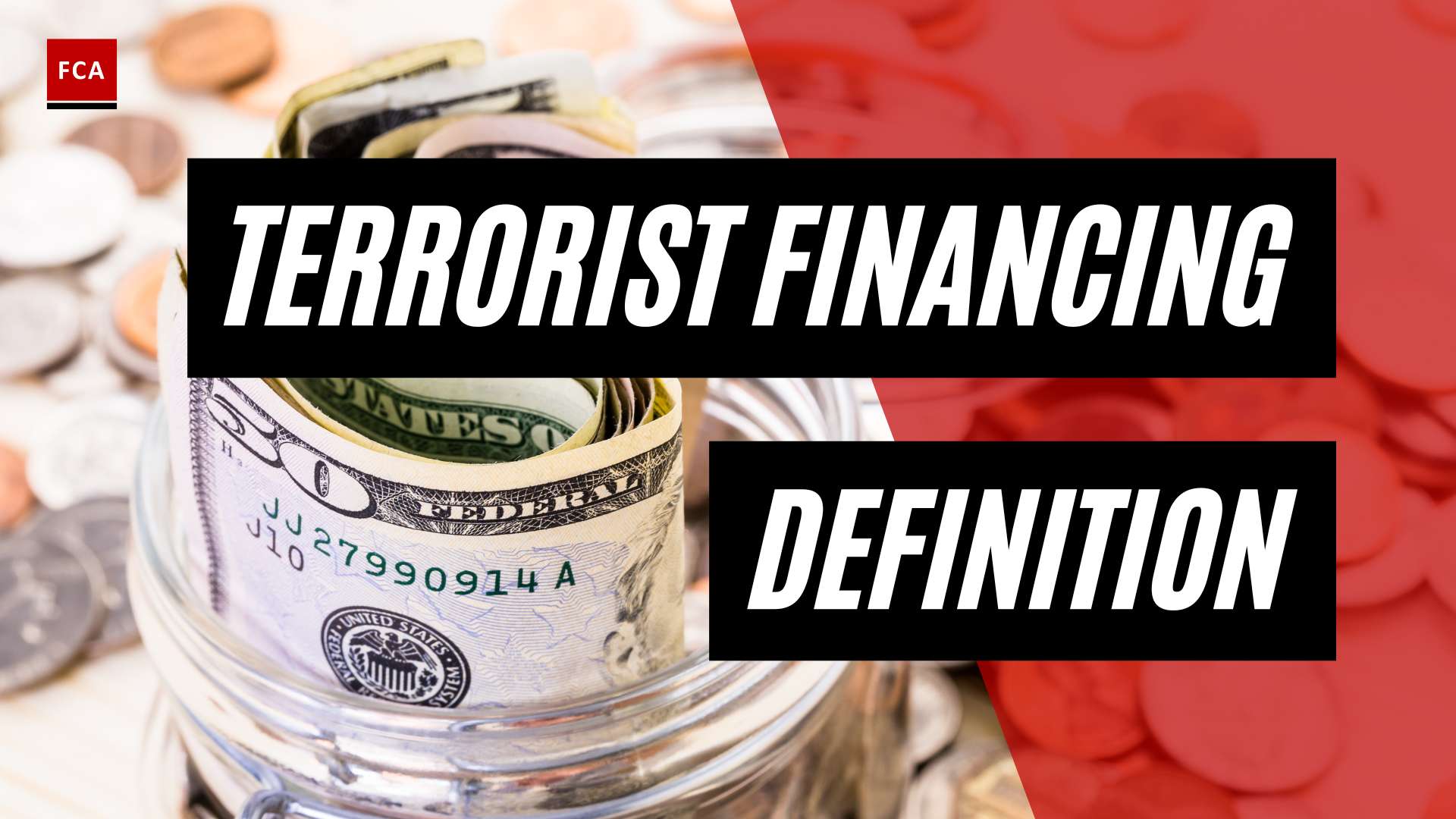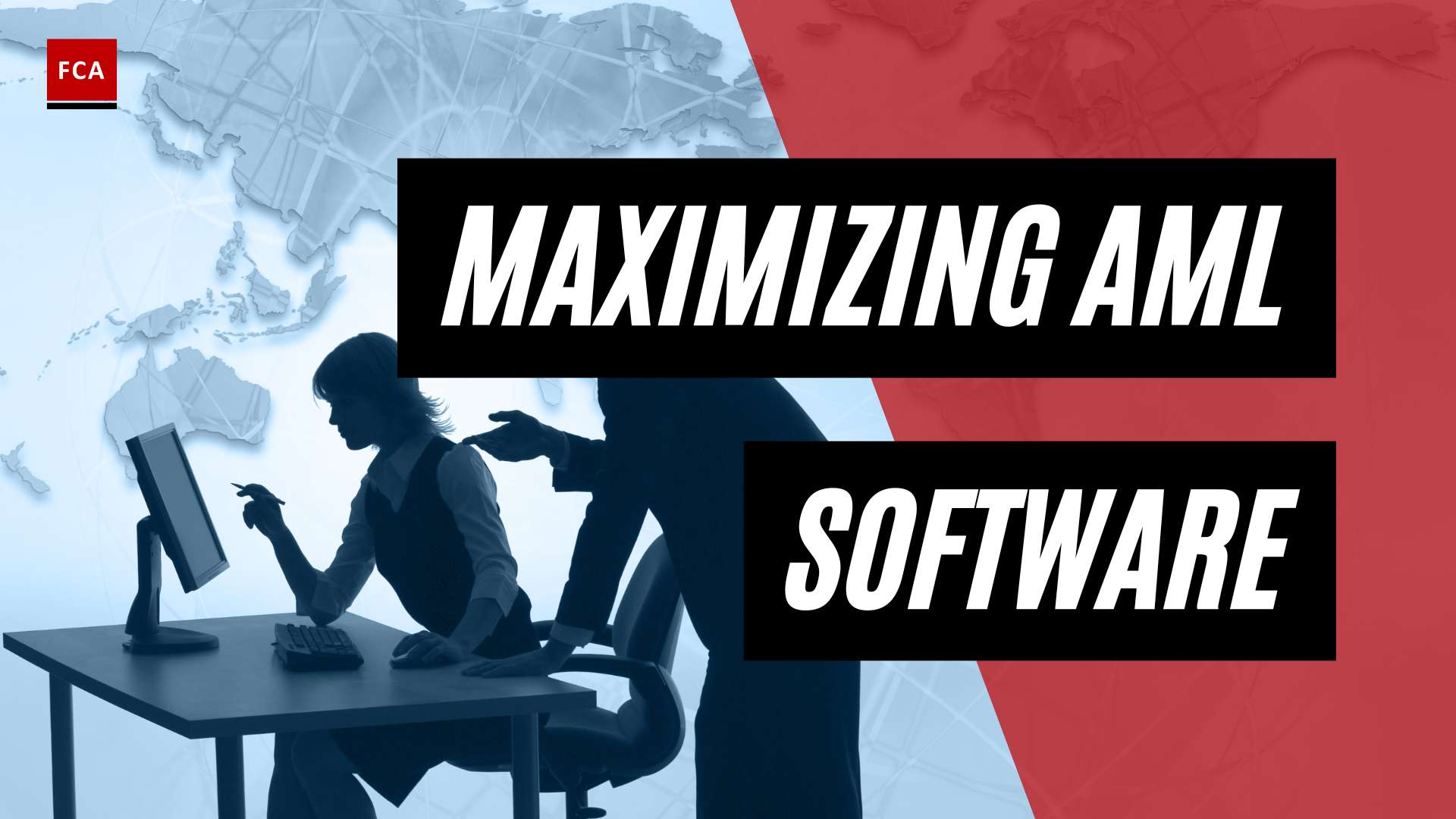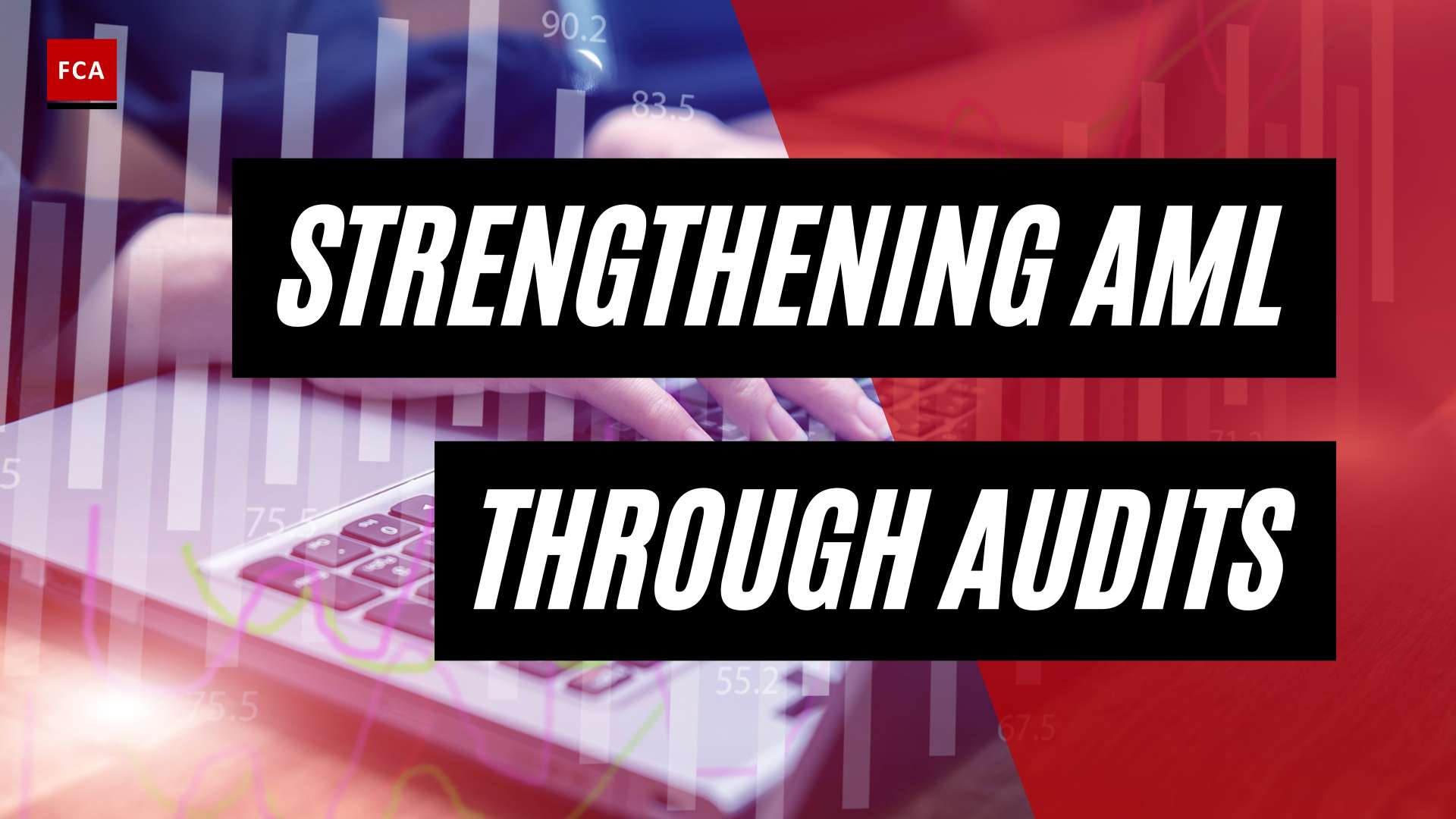What is a Blockchain and the concept behind it? We will take a closer look at how a blockchain works in principle. This will lead us to the Blockchain participants and utilities, including Nodes, Blocks, and the consensus mechanism.
A blockchain is defined as “a distributed database that maintains a continuously growing list of ordered records known as blocks,” which are “linked using cryptography.” Each block includes a cryptographic hash of the previous block, as well as a timestamp and transaction data.
A blockchain is a decentralized, distributed, and public digital ledger used to record transactions across many computers in such a way that the record cannot be changed retroactively without affecting all subsequent blocks and network consensus.”

What Is A Blockchain?
In the simplest terms, a Blockchain is a diary that is almost impossible to forge. In more advanced terms, the blockchain can be thought of as a distributed database. By these means, Blockchain is a particular type or subset of the so-called distributed ledger technology or DLT. DLT is a way of recording and sharing data across multiple data stores. All of these distributed and individual data stores together make up the database.
How Does Blockchain Work?
Many businesses around the world have been incorporating Blockchain technology in recent years. But how does Blockchain technology actually work? Is this a significant modification or a minor addition? Blockchain advancements are still in their infancy and have the potential to be revolutionary in the future; thus, let us begin demystifying this technology.
Blockchain is a hybrid of three cutting-edge technologies:
- Cryptographic keys
- A peer-to-peer network containing a shared ledger
- A means of computing, to store the transactions and records of the network
Cryptography keys are made up of two keys: a private key and a public key. These keys aid in the completion of successful transactions between two parties. Each person possesses these two keys, which they use to generate a secure digital identity reference. The most important aspect of Blockchain technology is its secure identity. This identity is known as a ‘digital signature’ in the world of cryptocurrency and is used for authorizing and controlling transactions.
The digital signature is integrated into the peer-to-peer network; a large number of individuals acting as authorities use the digital signature to reach agreement on transactions and other issues. When they approve a transaction, it is validated mathematically, resulting in a successful secured transaction between the two network-connected parties. To summarize, Blockchain users use cryptography keys to perform various types of digital interactions across the peer-to-peer network.

In practice, blockchain is a technology with many faces. It can exhibit different features and covers a wide array of systems that range from being fully open and permissionless to being permissioned:
Permissionless Blockchain
Let us first talk about the Permissionless Blockchain. A person can join or leave the network at will without being approved by any entity on an open, permissionless blockchain. All that is needed to join the network and add transactions to the ledger is a computer on which the relevant software has been installed. There is no central owner of the network and software, and identical copies of the ledger are distributed to all the network nodes. The vast majority of cryptocurrencies currently in circulation are based on permissionless blockchains. This includes cryptocurrencies such as Bitcoin, ZCash, Litecoin, and others.
Permissioned Blockchain
Secondly, there is the Permissioned Blockchain. On a permissioned blockchain, transaction validators – which are the nodes – have to be pre-selected by a network administrator. The network administrator sets the rules for the ledger to be able to join the network. This allows verifying the identity of the network participants easily. However, at the same time, it also requires network participants to put trust in a central coordinating entity to select reliable network nodes.
In general, permissioned blockchains can be further divided into two subcategories:
Public Permissionless Blockchains
On the one hand, there are open or public permissioned blockchains, which can be accessed and viewed by anyone, but only authorized network participants can generate transactions and update the state of the ledger.
Closed Permissioned Blockchains
On the other hand, there are closed or enterprise permissioned blockchains where access is restricted. Only the network administrator can generate transactions and update the state of the ledger.
It is important to note that, just like on an open, permissionless blockchain, transactions on an open permissioned blockchain can be validated and executed without trusted third-party intermediation. Some cryptocurrencies, like Ripple and NEO utilize public permissioned blockchains.
Blockchain Core Principles
Now, let’s take a closer look at how a blockchain works in principle. So essentially, the Blockchain can be thought of as a distributed database. Additions to this database are initiated by one of the members, which are the network nodes. These nodes usually exist in the form of computers. Each node maintains a copy of the entire Blockchain.
The nodes also create new blocks of data, which can contain all sorts of information. Among other information, the block contains a hash. A hash is a string of numbers and letters, and each new block generates a hash. The hash depends not only on the block itself but also on the previous block’s hash. This is one reason why the order of the blocks matters and why blocks are added to the Blockchain in the order that they occurred. Even a small change in a block creates a completely new hash.
After its creation, a new block is broadcasted to every party in the network in an encrypted form to protect the transaction details. The nodes of the network check the validity of each new block that is added. Once a block reaches a certain number of approved transactions, then a new block is formed. The determination of the block’s validity happens following a pre-defined algorithmic validation method. This is commonly referred to as a “consensus mechanism.” The nodes check the hash of a block to make sure a block has not been changed.
Once validated, the new “block” is added to the blockchain. As soon as the nodes have approved the new Block, the Blockchain or ledger is updated with it, and it can no longer be changed or removed. It is therefore considered to be impossible to forge it. You can only add new entries to it, and the registry is updated on all computers on the network at the same time.
The blocks are also signed with a digital signature using a private key. Every user on a blockchain network has a set of two keys: Firstly, A private key, which is used to create a digital signature for a block, And secondly, A Public key, which is known to everyone on the network. A public key has two uses. On the one hand, it serves as an address on the blockchain network. On the other hand, it is used to verify a digital signature and validate the sender’s identity.
A user’s public and private keys are kept in a digital wallet or e-wallet. Such wallets can be stored or saved online and offline. Online storage is often referred to as hot storage, and offline storage is commonly referred to as cold storage.

What Are The Business Benefits Of Blockchain?
Blockchain’s primary benefit is as a database for recording transactions, but its benefits go far beyond those of a traditional database. Most notably, it eliminates the possibility of malicious actor tampering while also providing the following business benefits:
- Time is saved. Transaction times are reduced from days to minutes thanks to blockchain technology. Transaction settlement is faster because it does not necessitate the involvement of a central authority.
- Saving money. Transactions require less supervision. Participants can directly exchange valuable items. Because participants have access to a shared ledger, blockchain eliminates duplication of effort.
- Increased security. The security features of blockchain protect against tampering, fraud, and cybercrime.
Final Thoughts
Businesses and governments all over the world are testing and implementing blockchain technology, but none of this will happen overnight. It will be a long time before government currency is blockchain-based or medical records are converted to a blockchain.
Meanwhile, you can bet on the power of blockchain by adding a blockchain-based cryptocurrency like Bitcoin to your portfolio, though this isn’t the only way to invest in the technology.
You can also make changes to more traditional investments to make them blockchain-ready. Check to see if your ETFs or mutual funds include companies that are developing blockchain technologies or are just starting to use blockchain in their business operations.








